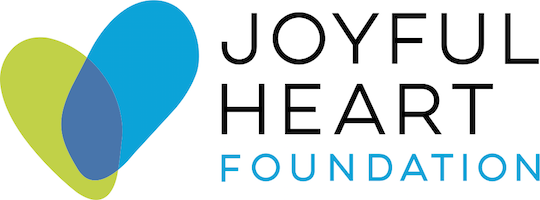You can leave this site quickly.
Learn more about Internet safety.
1in6 Thursday: Do No Harm
Do No Harm – Even when it seems pretty appealing.
After nearly 25 years working as a sexual and domestic violence prevention and intervention advocate, one question eats away at me, day and night.
How do we use the lessons of trauma-informed care to help the people who commit those violent acts—often men who themselves were physically, sexually and/or emotionally abused or neglected—stop, be accountable and live safe, satisfying lives?
The National Center for Trauma-Informed Care (NCTIC) tells us that “trauma impacts one's spirituality and relationships with self, others, communities and environment, often resulting in recurring feelings of shame, guilt, rage, isolation, and disconnection.” And importantly, NCTIC insists, “healing is possible. “
That description of trauma’s impacts certainly matches many of the people I’ve met in my various roles – including people who’ve committed murder and arson and rape and violent physical assaults. More than a few of them directed threats of violence toward me and my family.
I’ve known fear in my life. I’ll admit there were times when I even considered the appeal of revenge.
But of all the lessons I’ve learned in that time, the most important is this:
Instilling fear, shame or trauma in others to protect ourselves from those same feelings is a losing proposition for everyone involved.
I recently heard an account of a participant in a Batterer’s Intervention Program.
I wasn’t given his name. I’ll call him “Don.”
Don told his fellow group members about having spent his childhood, living in constant fear, again and again experiencing his father’s physical violence, angry outbursts, name-calling and shaming behaviors against his mother, himself and his siblings. He recalled that at the age of 12, finding the endless fear unbearable, he decided that there was just one way out. He remembers consciously adopting what he said was his father’s strategy for safety—“Do unto others before they do unto you.”
Now, many years later, Don was sitting in court-mandated program. By using that strategy, he’d inflicted the same fear in those he loved that he’d been so desperate to escape when he was 12.
So, I ask you, which “Don” do we address when we’re trying to bring him back into the fold as a safe, loving member of our community? Is it the terrified 12-year-old or the violent, vindictive adult who seems to have perfected his father’s survival plan? Most interventions, especially those working with men, opt for just confronting the adult who offended. But why can’t we address both?
NCTIC tells us that trauma-informed services are based on an understanding of the potential vulnerabilities or triggers of trauma survivors that traditional programs often set off in those receiving services. The goal is to make programs more supportive in ways that avoid re-traumatizing the clients.
Many fear that recognition of a man’s history of trauma will somehow be used to excuse his violent behavior. Experiencing trauma can never excuse committing violence or hurting another. But acknowledging a man’s trauma does offer an explanation other than the shame of moral failure for harmful acts, and leaves open the door for change.
Again and again in my work with men, I’ve found that validating and respecting that 12-year-old’s fear is often the fastest route to uncovering the violent adult’s willingness to be accountable for the harm he has caused and his empathy toward others.
And I'm pretty sure that adding more trauma, more physical pain or shame as punishment for those acts is unlikely to ever convince the traumatized men of the world that Don’s father’s “strike-first,” survival strategy was mistaken.
 - By Peter Pollard
- By Peter Pollard
Peter Pollard is the Professional Relations & Communications Director for 1in6, Inc. Peter previously worked for 15 years as a state, child-protection social worker and was the Public Education director at Stop It Now! Since 2003, he has served as the Western Massachusetts coordinator for SNAP (Survivors Network of those Abused by Priests) and also does work for a Certified Batterers Intervention Program. See Peter’s portrait in The Bristlecone Project exhibit.
The mission of 1in6 is to help men who have had unwanted or abusive sexual experiences in childhood live healthier, happier lives.
1in6's mission also includes serving family members, friends and partners by providing information and support resources on the web and in the community.
Joyful Heart and 1in6 invite you to visit 1in6.org for info, options and hope, and to learn more about our partnership and Engaging Men initiative here.
The views expressed above are not necessarily those of the Joyful Heart Foundation or 1in6.




Your Voices